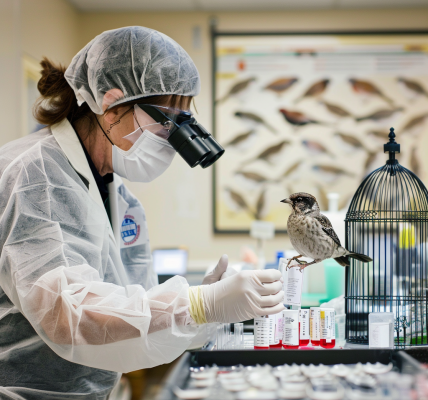Scientists from Northwestern University and elsewhere have published details of a study that links short strands of toxic RNAs to brain cell death and DNA damage in Alzheimer’s disease and aged brains. The paper, which is titled, “Death induced by survival gene elimination is correlated with neurotoxicity in Alzheimer’s disease and aging,” is published in Nature Communications.
In addition, they found that short strands of other so-called protective RNAs decrease as people age and that this may give Alzheimer’s disease room to develop. This marks the first time that scientists have connected RNAs’ activities to Alzheimer’s, according to Marcus Peter, PhD, corresponding author on the paper and a professor of cancer metabolism at Northwestern University’s Feinberg School of Medicine. “We found that in aging brain cells, the balance between toxic and protective sRNAs shifts toward toxic ones.”
For the study, the scientists analyzed data from the brains of Alzheimer’s disease mouse models, the brains of young and old mice, induced pluripotent stem cell-derived neurons from healthy people and AD patients, the brains of Super Agers, and multiple human brain-derived neuron-like cell lines treated with amyloid beta fragments. They looked specifically at noncoding short RNAs which suppress the production of particular proteins created by long-coding RNAs.
In these short RNAs, they identified sequences that when present kill cells by blocking the production of proteins necessary for cells’ survival. The data suggests that these toxic short RNAs contribute to neuron death. However, their activity is typically curtailed by protective RNAs such as microRNAs which prevent the toxic ones from disrupting the cell’s machinery. The numbers of protective RNAs decrease with aging allowing the toxic short RNAs to take over.
Ideally, finding ways to increase the number of protective RNAs would result in better outcomes for brain cells. This is borne out by data from the brains of Super Agers, individuals aged 80 and older who have the memory capacity of people who are 20 to 30 years younger. The analysis indicated that Super Agers have higher amounts of the protective short RNA strands in their brain cells, according to the study.





